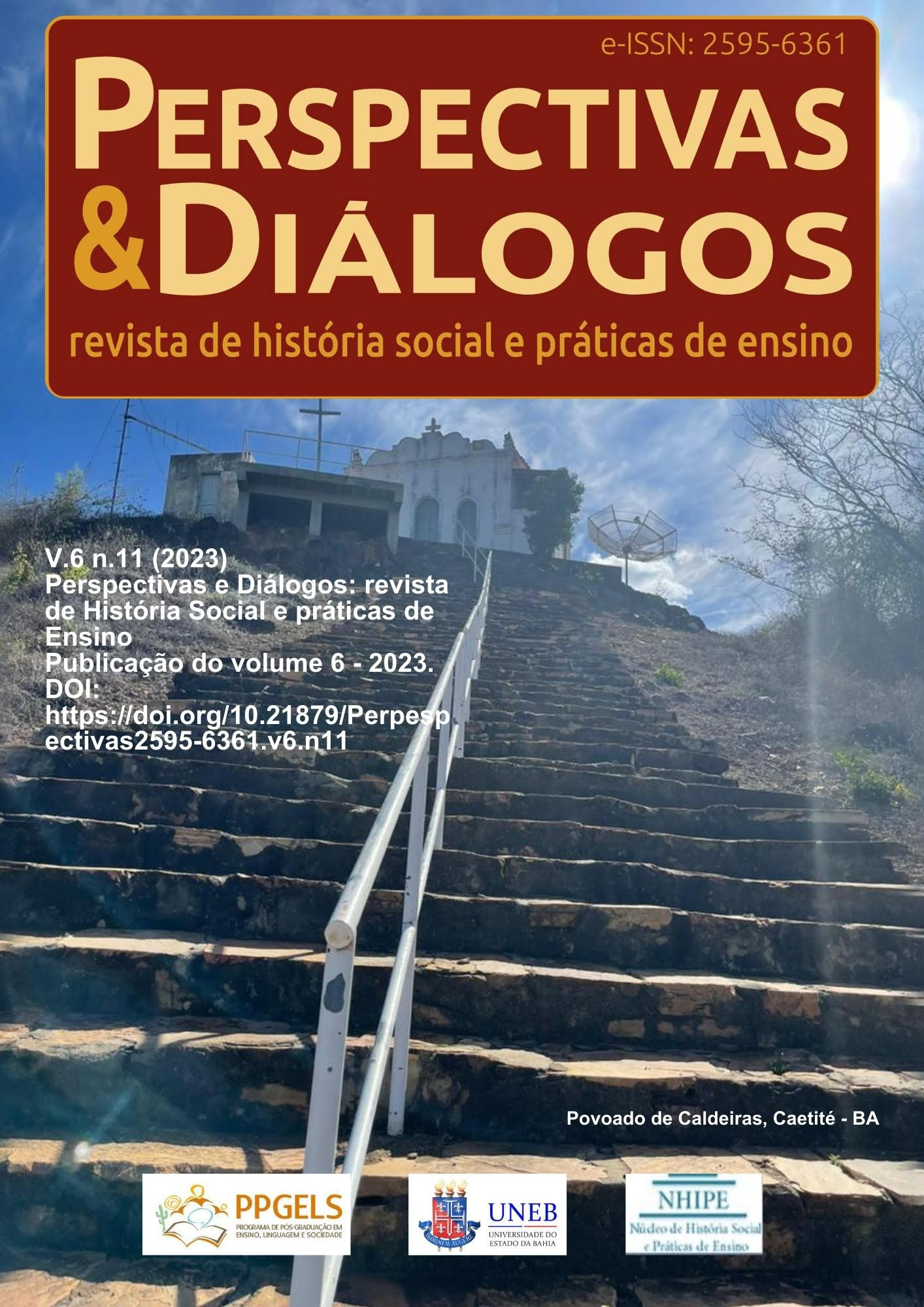White science, black origin: biodeterminism throughout history
Keywords:
biodeterminism, scientific racismo, scienceAbstract
Exploring biodeterminism from a historical perspective, the 19th century served as the stage for the proliferation of this ideology. It was characterized by a fascination with science, and facts that could be subjected to scientific scrutiny and quantification held an almost unshakable credibility. Racial theories emerged during this period, garnering followers across nations. These productions are categorized as racist and contribute to one of the branches of racism known as scientific racism. Academic endeavors aimed to substantiate beliefs that scientists held as unquestionable truths: the existence of distinct human races and the hierarchical ranking among them. Thus, consistently assigning lesser intelligence to indigenous and black populations, believed to be more physiologically predisposed to manual labor. Using human skulls and mathematical calculations, these theories sought to justify the European capitalist expansion, which flourished through the institution of slavery. Despite a lack of methodological rigor, these studies gained traction, extending their influence into other realms of knowledge such as criminology and psychology. Many of the preconceived and racist notions that persist in society today find their roots in these works. Although lacking credibility, these ideas manage.
Downloads
References
ALMEIDA, Silvio Luiz de. Racismo estrutural / Silvio Luiz de Almeida. São Paulo : Sueli Carneiro; Pólen, 2019.
ANTUNES, A. P. A rede dos invisíveis: Uma análise dos auxiliares na expedição de Louis Agassiz ao Brasil (1865-1866). 2015. Dissertação de mestrado - Casa de Oswaldo Cruz – FIOCRUZ. Programa de Pós-Graduação em História das Ciências e da Saúde, Rio de Janeiro, 2015. Disponível em: https://www.arca.fiocruz.br/handle/icict/20457. pdf. Acesso em: 21 set. 2021.
CITELI , M. T. Fazendo diferenças: teorias sobre gênero, corpo e comportamento. Rev. Estud. Fem. vol.9 no.1 Florianópolis, 2001.
DORIA, C. A. Cadências e Decadências do Brasil (o futuro da nação à sombra de Darwin, Hæckel e Spencer). Campinas: [s. n.], 2007.
GOULD, S. J. A falsa medida do homem. São Paulo: Martins Fontes, 2014.
HAAG, C. As fotos secretas do professor Agassiz: Exposição e livro trazem à luz imagens polêmicas feitas por rival de Darwin. Revista Pesquisa FAPESP. Edição 175. Set. 2010. Disponível em: https://revistapesquisa.fapesp.br/as-fotos-secretas-do-professor-agassiz/ Acesso em 2 out. 2021.
KURY, L. B. A sereia amazônica dos Agassiz: Zoologia e racismo na Viagem ao Brasil Revista Brasileira de História. São Paulo, v. 21, nº 41, p. 157-172. 2001.
OLIVEIRA, I. M.; SANTOS; N. C. S. Solidão tem cor? Uma análise sobre a afetividade das mulheres negras. Interfaces Científicas - Humanas e Sociais • Aracaju • V.7 • N.2 • p. 9 - 20 • Out. 2018.
PADOVANI, N. C. O olhar sobre uns de outros: desnudando rastros e raças de Louis Agassiz. PROA – Revista de Antropologia e Arte. 2010. Disponível em: https://www.ifch.unicamp.br/ojs/index.php/proa/article/view/2624/0 Acesso em 12 abr. 2021.
SCHWARCZ, Lilia Moritz. O espetáculo das raças. Cientistas, instituições e questão racial no Brasil, 1870-1930. São Paulo: Companhia das Letras, 1993.
Downloads
Published
How to Cite
Issue
Section
License

This work is licensed under a Creative Commons Attribution-NonCommercial-NoDerivatives 4.0 International License.


